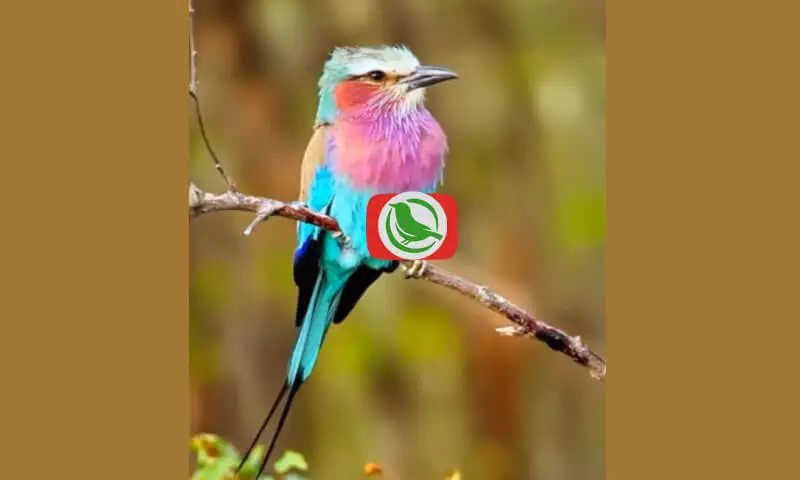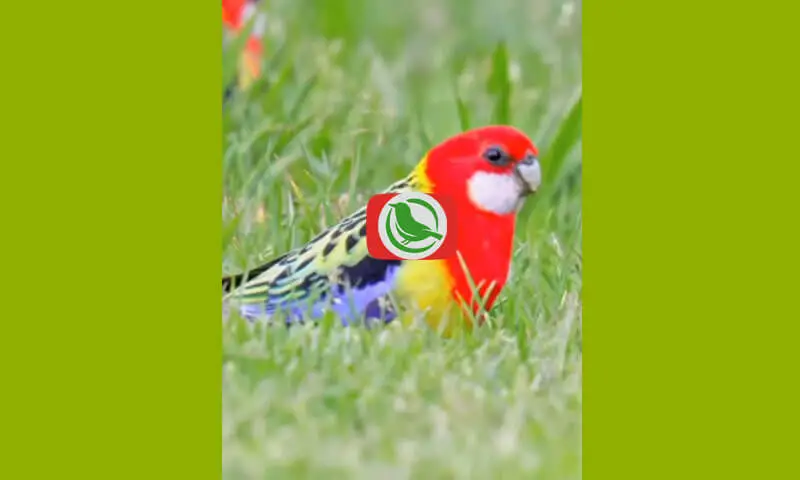The Asian Fairy-bluebird (Irena puella) is a stunning bird species known for its bright plumage and uniqueness in the world of ornithology. This species is found throughout Southeast Asia and is recognized for its exotic appearance as well as its role in tropical ecosystems. This article will explore various characteristics of the Asian Fairy-bluebird, from its physical traits to its habitat and feeding behavior.
Physical Characteristics of the Asian Fairy-bluebird
The Asian Fairy-bluebird has a very striking appearance. Here are some key physical features that distinguish this bird from others:
- Mesmerizing Plumage The bird’s feathers are dominated by a bright blue color that is very eye-catching. With a shiny and contrasting hue, this bird is easily recognizable in its natural habitat. Its back and wings are a bluish-green, while the chest and belly are brighter with a bluish tone. The head features black coloring, adding to its elegant look.
- Body Size The Asian Fairy-bluebird has a medium body size, measuring about 20-25 cm in length. Although not as large as other predatory birds, its slender form and upright posture make it very appealing to birdwatchers.
Habitat and Geographical Distribution
The Asian Fairy-bluebird is commonly found in the tropical forests of Southeast Asia, including Malaysia, Thailand, Indonesia, and the Philippines. They prefer dense, shady forest areas, often residing at elevations around 1,000 meters above sea level. This bird is more active during the day and is frequently seen flying from tree to tree in search of food.
Natural Habitat of the Asian Fairy-bluebird
The Asian Fairy-bluebird favors areas with large trees and dense shrubs. They tend to inhabit the upper canopy of the forest, where food sources are abundant, including fruits and small insects.
Behavior and Feeding Patterns of the Asian Fairy-bluebird
- Main Diet: Fruits and Insects As an omnivorous bird, the Asian Fairy-bluebird primarily relies on tropical fruits, such as those from fig trees, as well as various insects found in trees. They are also often seen sipping nectar from forest flowers. This varied diet helps them meet their energy and nutritional needs to remain active throughout the day.
- Social Behavior This bird is usually found in small groups or pairs. They exhibit fairly organized social behavior and sometimes engage in complex interactions with other members of their species. However, they tend to be non-aggressive and often share space with other bird species in the same habitat.
Role in the Ecosystem
As a fruit and insect-eating species, the Asian Fairy-bluebird plays an important role in seed dispersal and insect population control in tropical forest ecosystems. In this way, the bird helps maintain ecological balance, assists in plant regeneration, and supports the stability of forest ecosystems.
Conclusion
The Asian Fairy-bluebird (Irena puella) is a captivating species with its bright plumage and significant role in tropical ecosystems. Although not widely known to the general public, a deeper understanding of the characteristics of the Asian Fairy-bluebird provides broader insights into biodiversity in Southeast Asia. As a fruit and insect-eating bird, it plays a vital role in preserving ecological balance and biodiversity in its natural habitat.





